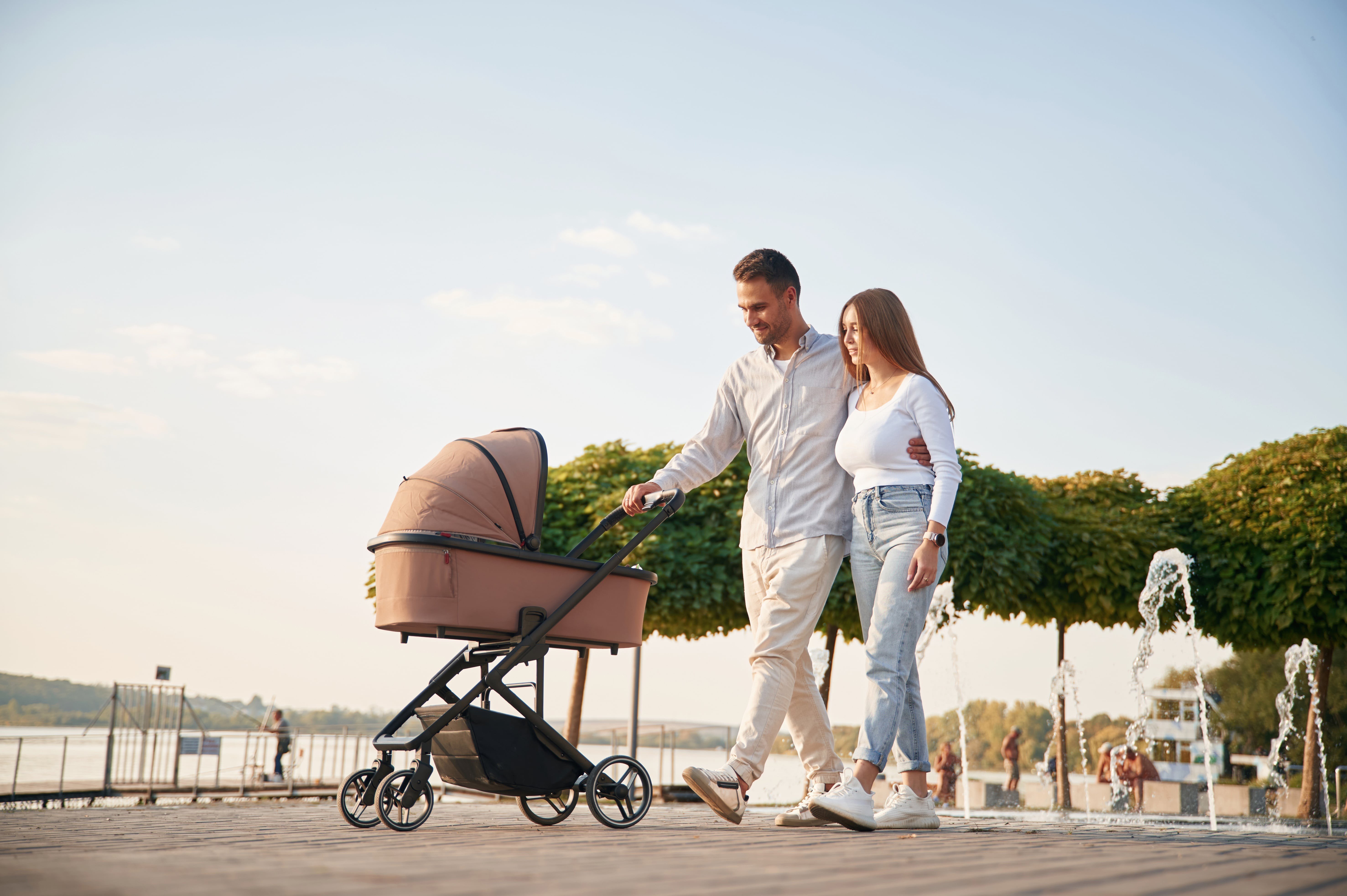Pram or Pushchair: A Comprehensive Guide for New Parents
Picking the best mode of transport for kids is among the very first significant decisions brand-new parents deal with. With numerous options on the market, the dispute between prams and pushchairs can be bewildering. This article will offer in-depth insights into the differences in between prams and pushchairs, their specs, advantages and downsides, and what to think about before buying.
Comprehending Prams and Pushchairs
At its core, the option between a pram and a pushchair lies in their style and intended use.
Definitions:
- Pram: A pram, short for "perambulator," is created primarily for newborns. It features a flat, carrycot-style seat that allows the baby to lie down entirely flat. Prams are often more elegant and are meant for transferring infants who are not yet sitting up independently.
- Pushchair: A pushchair, likewise referred to as a stroller, is developed for older babies and toddlers who can stay up. Pushchairs usually have an upright seat and might not recline totally flat, although many designs now use adjustable reclining alternatives for convenience.
Secret Differences:
| Feature | Pram | Pushchair |
|---|---|---|
| Age of Use | Newborn to about 6 months | 6 months to 4 years or more |
| Seating Position | Flat, lying down | Upright or slightly reclined |
| Weight | Normally heavier | Usually lighter |
| Mobility | Less portable due to weight | More portable and simpler to fold |
| Use Case | Brief walks, leisurely strolls | Daily usage, errands, longer outings |
Advantages and Disadvantages
Pram
Advantages:
- Comfort for Newborns: Provides a flat surface favorable to a newborn's developmental needs.
- Stylish Designs: Many prams featured sophisticated designs, using a touch of luxury.
- Storage Space: Sometimes include bigger storage choices listed below.
Downsides:
- Weight: Generally heavier and bulkier than pushchairs.
- Limited Usage: Suitable just for newborns and infants who can not sit up.
Pushchair
Benefits:
- Versatility: Suitable for older babies and toddlers, frequently accommodating them for a number of years.
- Light-weight and Portable: Easier to fold and transport, making them ideal for hectic parents.
- Configurable Options: Many pushchairs have adjustable seats and accessories for automobile seats and carrycots.
Drawbacks:
- Comfort for Newborns: Not constantly appropriate for babies in the early months without a proper insert.
- Less Luxurious: Often perceived as less luxurious compared to prams.
Making the Right Choice
When it concerns deciding between a pram and pushchair, a number of elements ought to be considered:
1. Way of life:
- If parents regularly make long journeys or choose walks, a pram may be preferential.
- If they require to navigate through city streets or take public transportation, a lightweight pushchair might be preferable.
2. Budget plan:
Pricing can differ extensively. Understanding your financial limitations will help concentrate on options that fulfill both aesthetic and useful requirements.
3. Adaptability:
Some progressive services consist of travel systems that permit moms and dads to transition from a safety seat to a pushchair with the same base, using maximum flexibility.
4. Storage Space:
A pram may take up more room in a lorry or in the house, while a pushchair's ability to fold down can be a considerable benefit in tighter areas.
FAQs
Q1: Can I use a pushchair for newborns?
A1: Some pushchairs include bassinet accessories or completely reclining seats, making them appropriate for newborns. However, it's necessary to check the requirements before use.
Q2: How do I select the best model?
A2: Consider your lifestyle, budget, and the features you prioritize, such as weight, portability, and storage options.
Q3: Are prams and pushchairs safe for my baby?
A3: Yes, both prams and pushchairs are created with safety features. Search for models with a 5-point harness, sturdy brakes, and safe frames.
Q4: How long can I use a pram for?
A4: A pram is typically appropriate until a baby can sit up unassisted, normally around 6 months.
Q5: What are travel systems?
A5: Travel systems are combinations of a safety seat and a pushchair that work in tandem, permitting easy transitions from car to pushchair without requiring to eliminate the baby.
Picking in between a pram and a pushchair ultimately boils down to the needs and way of life preferences of each household. Prams offer convenience and style for infants, while pushchairs supply adaptability and ease for older babies and young children. By thoroughly considering Prams And Pushchairs UK and requirements, moms and dads can make an educated option that will ensure safe and enjoyable outings with their kids.
In the end, whether one select a stylish pram or a practical pushchair, the primary objective stays the exact same-- making sure comfort and safety for the child while helping with convenience for moms and dads.

